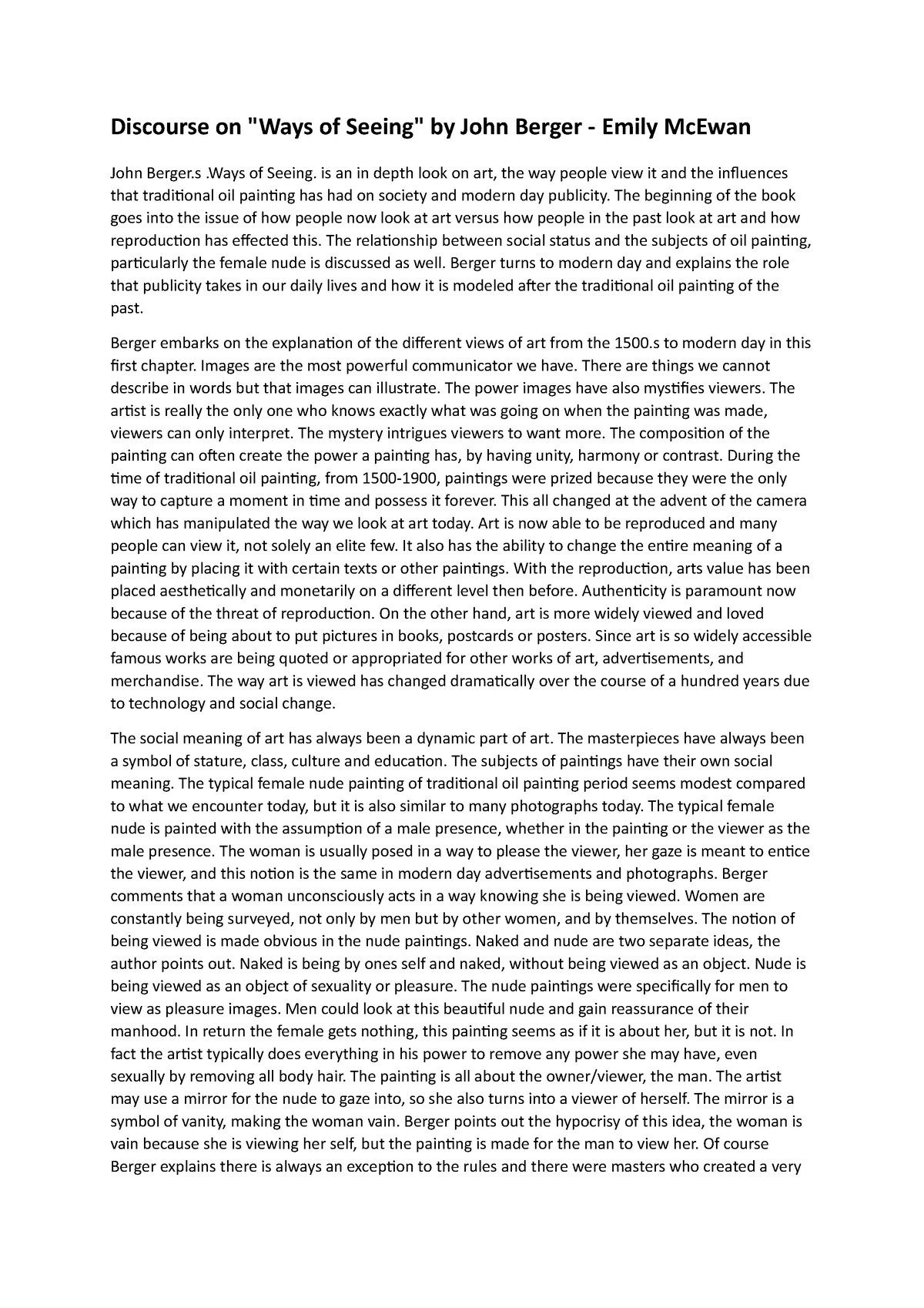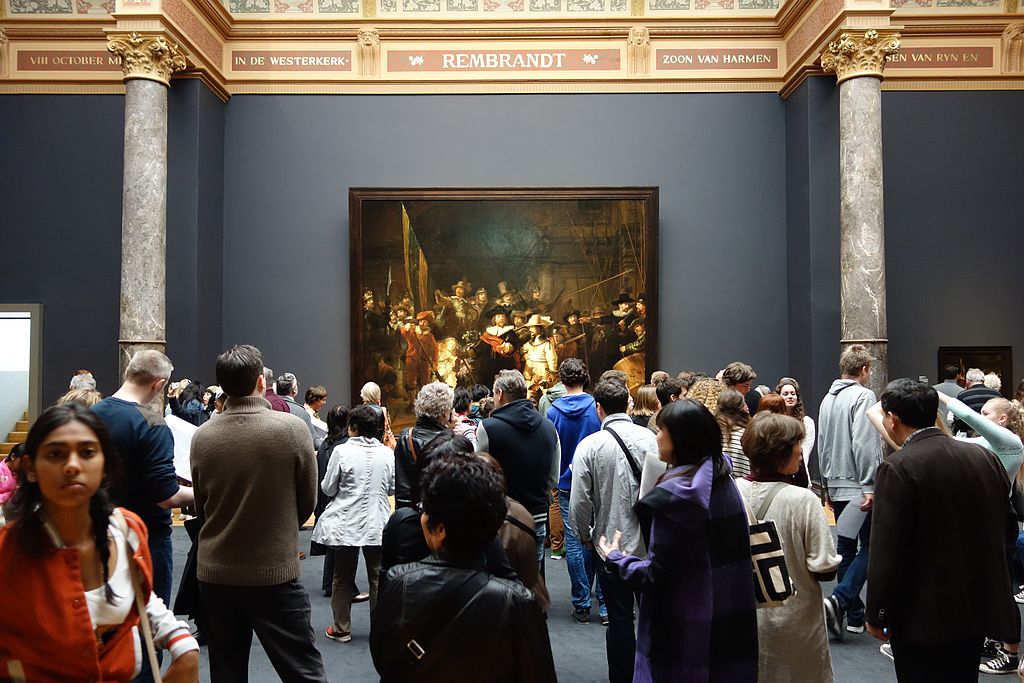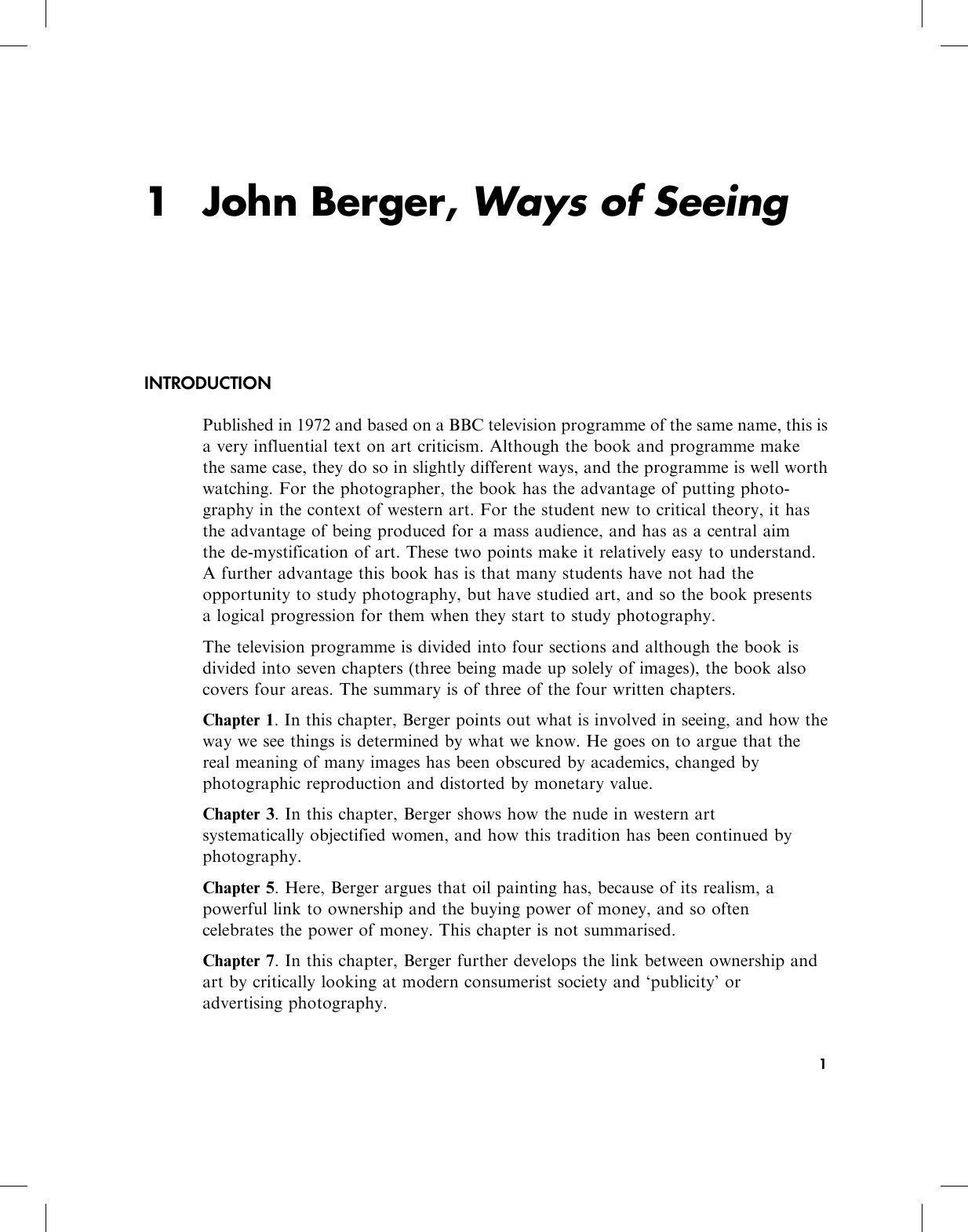


When in love, the sight of the beloved has a completeness which no words and no embrace can match : a completeness which only the act of making love can temporarily accommodate. Nevertheless their idea of Hell owed a lot to the sight of fire consuming and the ashes remaining - as well as to their experience of the pain of burns.

In the Middle Ages when men believed in the physical existence of Hell the sight of fire must have meant something different from what it means today. It seems like the way to get art to the masses is to cut down the hype.The way we see things is affected by what we know or what we believe. In an alternate universe, perhaps one could look at the “Mona Lisa” without staring through bulletproof glass and guards, and bask in the meaning of it like Leonardo Da Vinci intended. Items only have as much value as society decides it to have, and we as a society have decided that great art is worth countless millions, too valuable to have the originals accessible to laymen. Is this really the case though? In a world where copies of great art are NOT widely distributed, would any painting carry the prestige that great art carries nowadays? Why are some paintings as “hyped-up” as they are now? Perhaps it is because since birth, we have been exposed to copies of these creations and trained by modern society to simply accept them as “holy relics” as Berger would say (Berger 119). One could say that without the millions of copies of any given painting, no one would know about it except the most privileged of art patrons. My first reading of “Ways of Seeing” barely provided me with any information, but subsequent readings finally gave up some of Berger’s most interesting points, such as his …show more content… Berger sums up his point by describing the meaning of a widely copied painting as “no longer to be found in what it says, but in what it is.” (Berger 116)Ī disagreement the opponents of this argument will likely bring up is the apparent faultiness of the logic used to deduce that the mass production of art copies actually takes away from the true meaning of art. His writings can seem extremely complex and difficult, even cryptic at times but trudging through his works can yield many fascinating nuggets of truth. He has been praised numerous times, yet condemned just as much. Berger seems to be an extremely controversial art critic, based off opinions of him that range from “stimulating” to “preposterous”.

John Berger’s “Ways of Seeing” is a short commentary that seems to be about how different classes of people perceive art, how its meaning has changed through the ages, and how the introduction of technology has affected it.


 0 kommentar(er)
0 kommentar(er)
